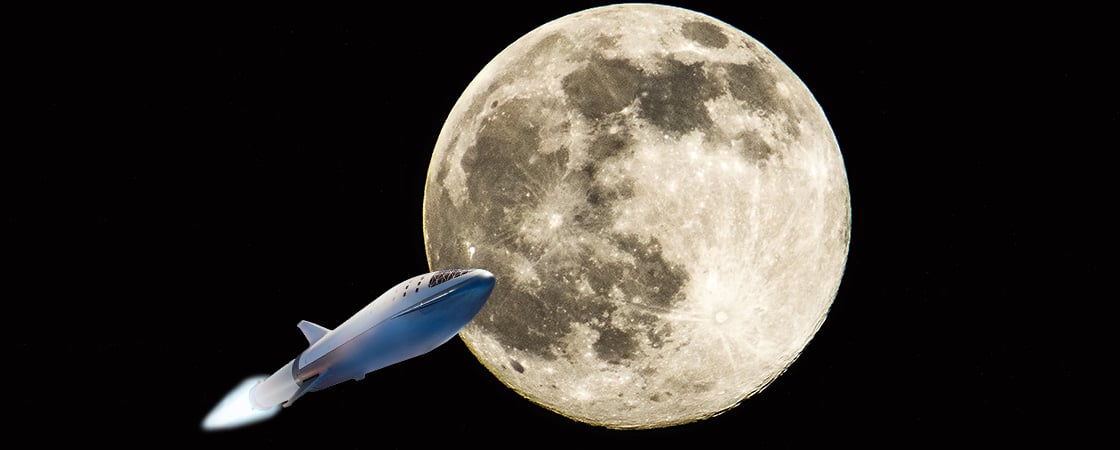You peek out the window of your spacecraft. A glowing blue marble with white swirls floats in space. It’s planet Earth, about 250,000 miles away! What are you doing so far from home? You’re an astronaut on one of the most important space trips in history. Next stop? The moon!
You peek out the window of your spacecraft. You see a glowing blue marble with white swirls floating in space. It’s planet Earth. And it’s about 250,000 miles away! What are you doing so far from home? You’re an astronaut on one of the most important space trips in history. Next stop? The moon!

